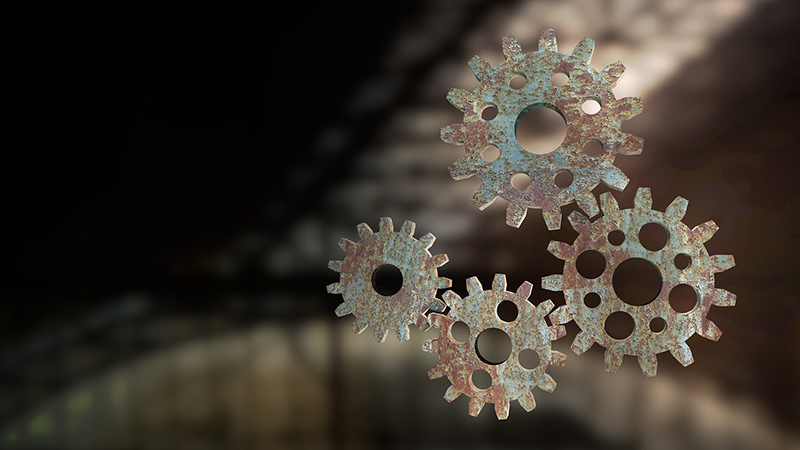Thanks to their intrinsic properties and market value, discarded metals have been recycled for decades and used to produce new ferrous and non-ferrous metals again and again.
Metal recycling is a must to achieve the climate and circular economy targets set by the European Green Deal and the new Circular Economy Action Plan. Metals are essential in both products and systems which are essential to a low-carbon economy and everyday products. Compared to primary production, steel, aluminium or copper recycling save respectively 58%, 92% and 65% of CO2 emissions and spare primary raw materials often extracted outside Europe where much lower standards apply.
Despite enormous environmental benefits, substantial bottlenecks keep hampering metal recycling in Europe.
- The first one has to do with the fact that Europe’s industry remains mostly linear with only 12% of the materials it uses coming from recycling. As a result, in Europe, the supply of metal scrap from recycling meeting industry specifications often exceeds the demand and remain under-utilised in metal production.
- The second one relates to the fact that commodity prices still fail to internalise the massive environmental benefits of metal recycling. There is in EU legislation no incentive that rewards metal recycling lower-carbon and energy footprint when compared with primary raw materials (often extracted outside Europe).
- The third one is rooted in European waste legislation which hinders more circularity. Metal scrap is a valuable commodity, with a positive environmental footprint, which should not be classified as waste but as secondary raw materials. In addition, a number of procedures pertaining to cross-border shipments or to permitting remain far too burdensome to incentivize circular metal value chains.
For Cinzia Vezzosi, President of EuRIC, “time has come to lay down a more ambitious strategy to boost metal recycling in Europe and support the entire metal value chain, which is a backbone of any modern economy”.
She stressed in particular the absolute need to set up framework conditions and incentives that steers metal recycling and metal production from secondary raw materials by rewarding their environmental benefits. “This should be one of the priorities of the EU Recovery Plan”. Taking the example of steel, “it is key to support value chains currently striving to migrate from current blast furnaces which use primary iron ore and coal, to electric arc furnaces which use recycled steel and can use power from renewable sources. Low-carbon impact steel and metals in general are not only vital to achieving climate neutrality, it is also instrumental to compete better in a rapidly changing market”, Vezzosi added.
Of equal importance is the need to simplify legislation applicable to circular value chains. “To create a well-functioning EU market for secondary raw materials, metal scrap meeting industry specifications shall no longer be classified as waste. We need to align legislation which hampers the transition towards a more circular economy with overarching EU policy objectives embedded in the Green Deal otherwise circular frontrunners won’t be able to deliver”, she stressed.
Last but not least, guaranteeing free, fair and sustainable trade is more important than ever. We need to refrain from setting any trade restrictions negatively impacting metal scrap processed to industry specifications which operates on an inherently global market. Forthcoming measures shall focus on better pricing carbon-intense imports to level the playing with low-carbon products made of recycled materials.
Download the Circular Metal Strategy











